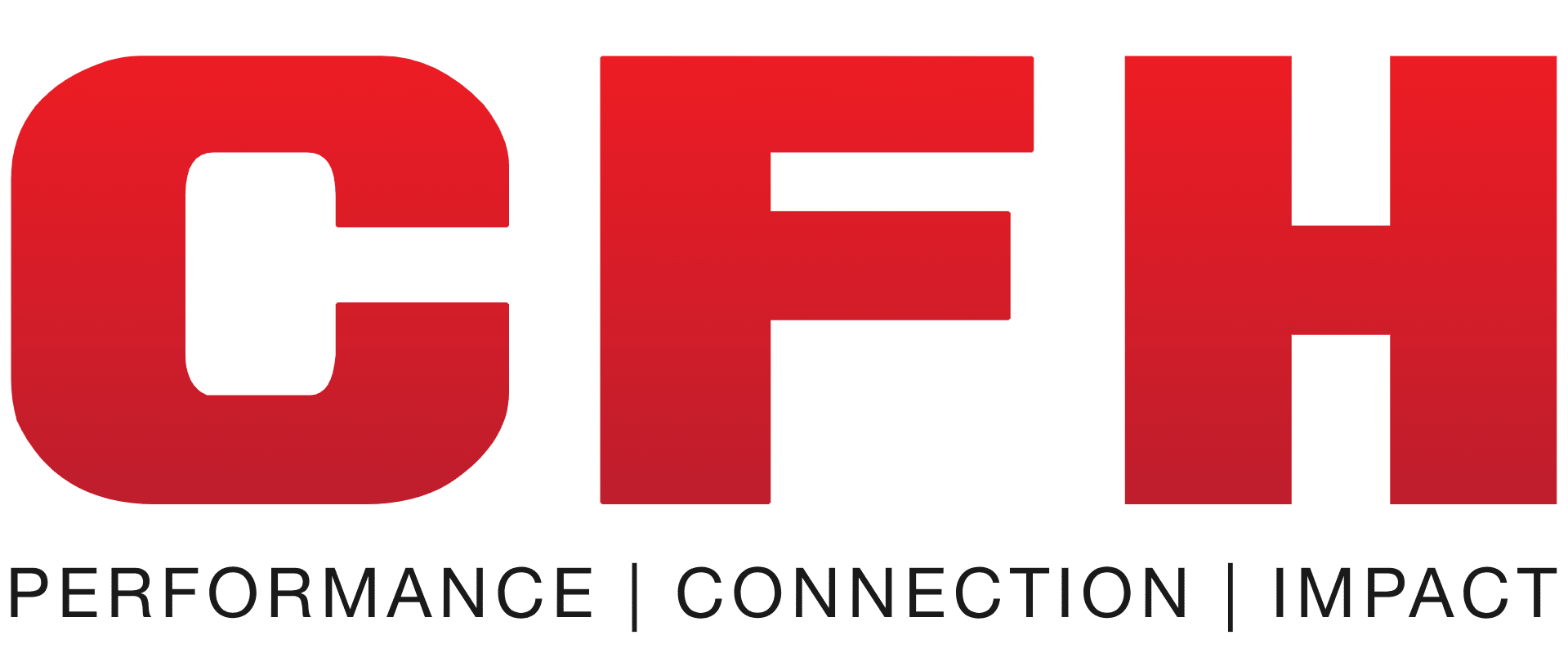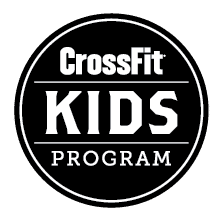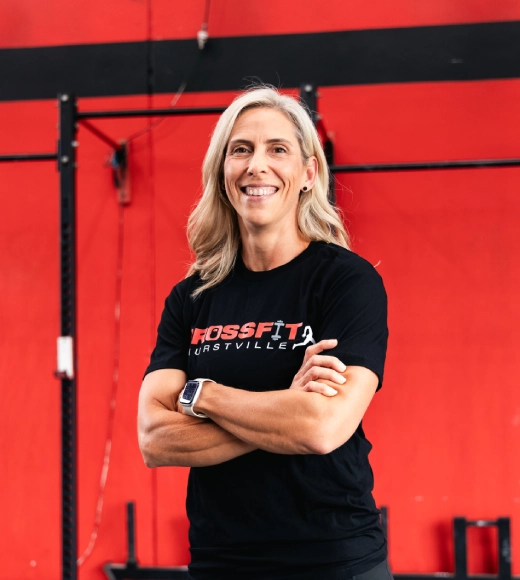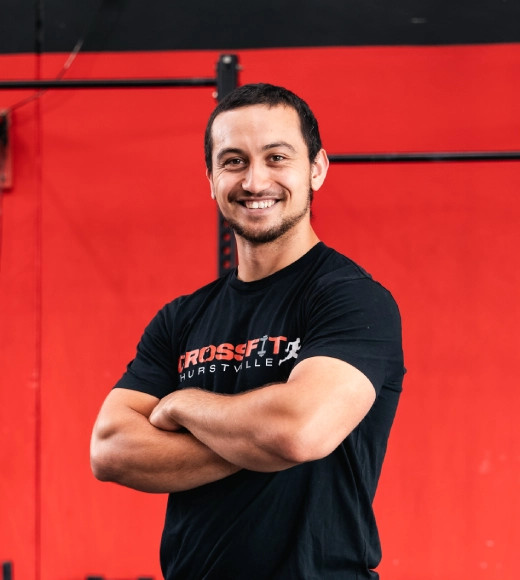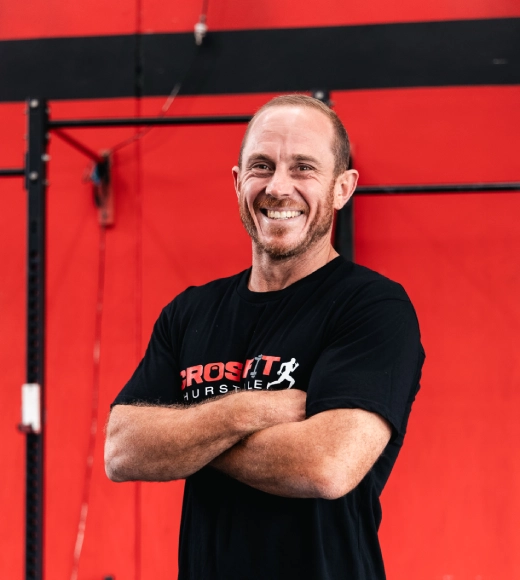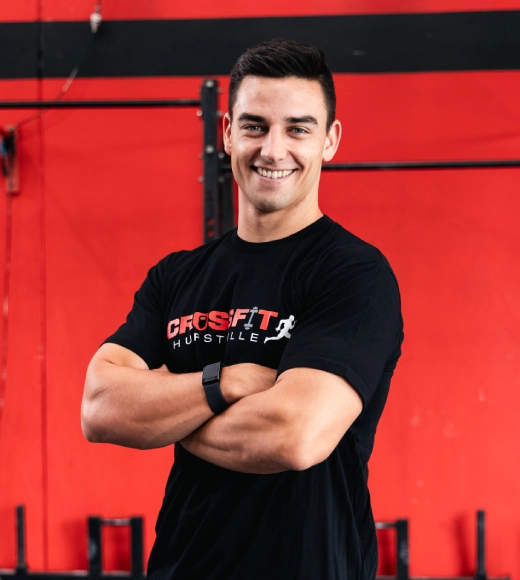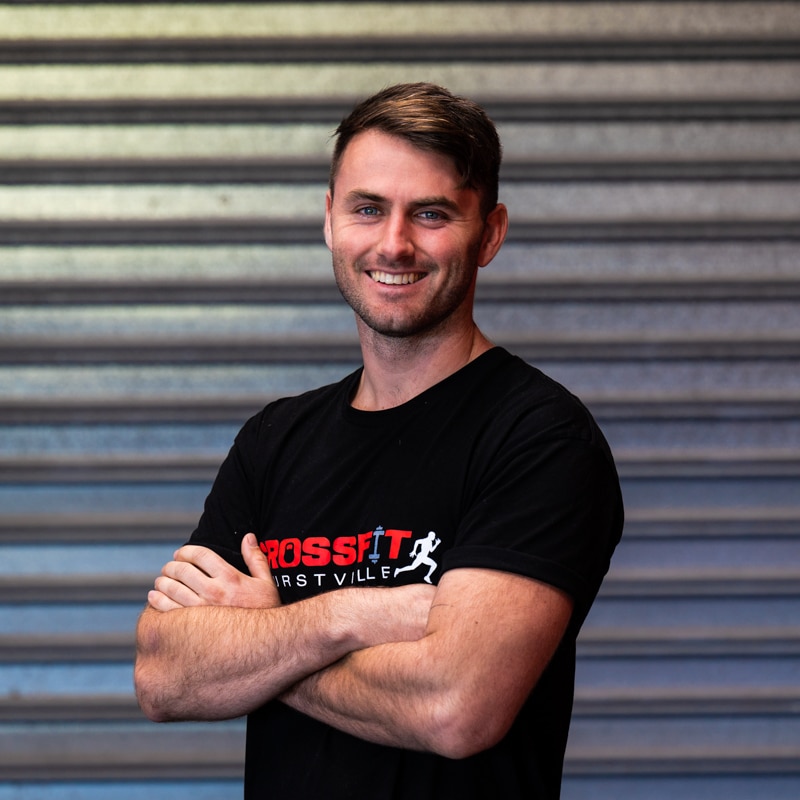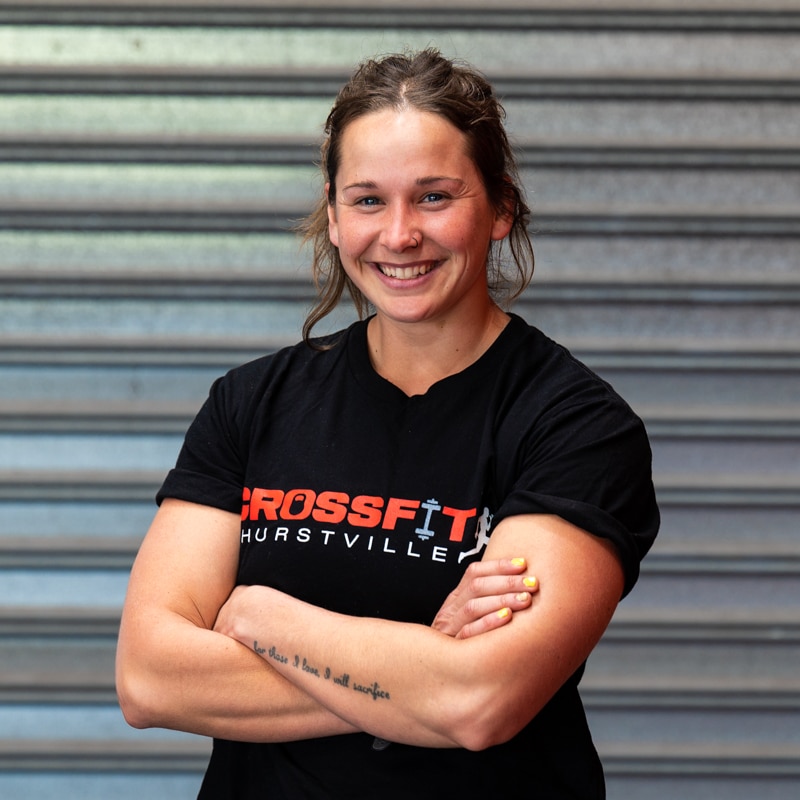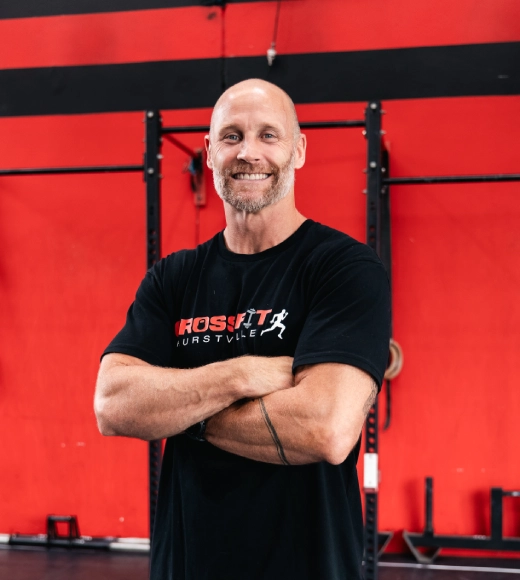Functional Training. This term is well overused.
Most of this comes from two opposing camps.
The first are the purists; perhaps better known as the “anti bicep curl” crew. The belief in this camp is that if it isn’t a compound, multi-joint, free weight exercise which movement pattern shows up in your day to day, then it doesn’t belong in your training program.
Then there are the intellectuals; the “Of course a bicep curl is functional. How else would you take a drink of water or brush your teeth without performing one” crew. This folk can justify the use of any exercise and find a way to categorise it as functional pulling on the research and their smarts.
Between these two, the waters have become murky, to the point where functional training is either a specific and select few exercises or anything that one may conjure up on the day.
Cutting through this however, it is generally agreed upon that functional training – to be defined as such – needs to serve a purpose (or a function) outside the gym.
There is a culture (particularly in CrossFit) of engaging with functional training only to be good at functional training. We see this amongst athletes at the CrossFit games, where one’s purpose and livelihood depends on them completing their set of thrusters before their competitors.
But most of us are not CrossFit Games athletes, although at times, we may forget this…
If we trained as such, we may find that while we experience incredible results in the gym (for a time), we may find that our lifestyles, energy, time or relationships begin to suffer because of it.
You may become excellent at functional fitness, but your training may no longer be functional – there is minimal transferability to your practices outside the gym.
This is not to discredit the pursuit of PR’s, the refining of a muscle-up, or the development of efficiency on a rower; the processes of which have the potential to teach us valuable lessons. Effort and attention are always expected.
Rather it is an opportunity to (re)assess priorities; recognise or re-establish training as the tool – as a means to an end, and not the end in itself.
Because if it doesn’t serve a purpose outside the gym, it’s not functional training.
__________
